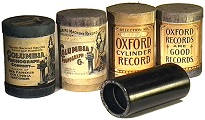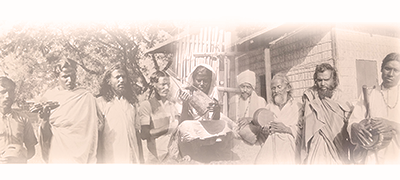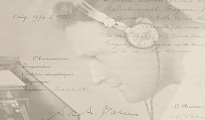The Naogaon Fakirs
In 1932, Arnold Bake had gone to Naogaon, then under Rajshahi division in East Bengal, to record the fakirs. This trip was significant also for the people he interacted with—Mahammad Mansooruddin, the song collector of Haramani fame, and sub-divisional officer and Bengali litterateur Annada Sankar Ray (ICS) and his American writer wife, Lila Ray. I on my part travelled again and again to Naogaon, over several years, in search of the Bake’s fakirs and their songs. In 2015, when we went to Naogaon for the first time, and when we went to the Naogaon Ganja Cooperative Society office, the men who worked there had said, there used to be ganja plantations here once, then the fakirs would come, they brought their songs, there was music. Also, there were the parrots who came flocking to eat the ripe fruit of the cannabis. Over several trips, when I found it hard to reach the songs and singers, I used to tell myself that the parrots had flown away. But in 2019, when I could finally reach the village from where most of the fakirs Arnold Bake had recorded came, I thought the parrots had returned home. All except one. The fakirni, the woman who had maximum promise, still remains untraced. The artist who could truly fly away, I imagine.
Arnold Bake had recorded the fakirs in Naogaon on 28 February 1932. Mostly all men, some described as ‘ganja workmen’, and one woman who sang the maximum number of songs for him. I felt drawn to her. I had also seen photographs from Naogaon in Leiden.
On my first trip to Naogaon, when I was travelling with Sukanta Majumdar, there was a man in our train compartment with whom we had got talking. He was a Bangladesh Railways staff who worked in the signals section at Ishwardi station, but he was on leave that day. His name was Mohammad Enamul Kalam […]
The two years between the last trip and this one was spent trying to find out more about the singers and the songs from Naogaon. And, I was looking for them in Mansooruddin’s books and in the archives, in old photographs and by studying the archival notes once again. It is then I came across the name of a place in Naogaon which might have been where the singers came from. The overriding question still was, who was Jaura Khatun? Who was the woman who had sung for Bake?
In 2019, I concluded this series of trips, by reaching Kunuj and Dariapur and Shailagachi villages, and found the son of one the singers Bake had recorded and grandson of another. Going by boat on the Chalan Beel, it felt like a reward after a long wait, Uday, Shoikat and I said we would go back again, this time to people we knew and not to people we were looking for.



